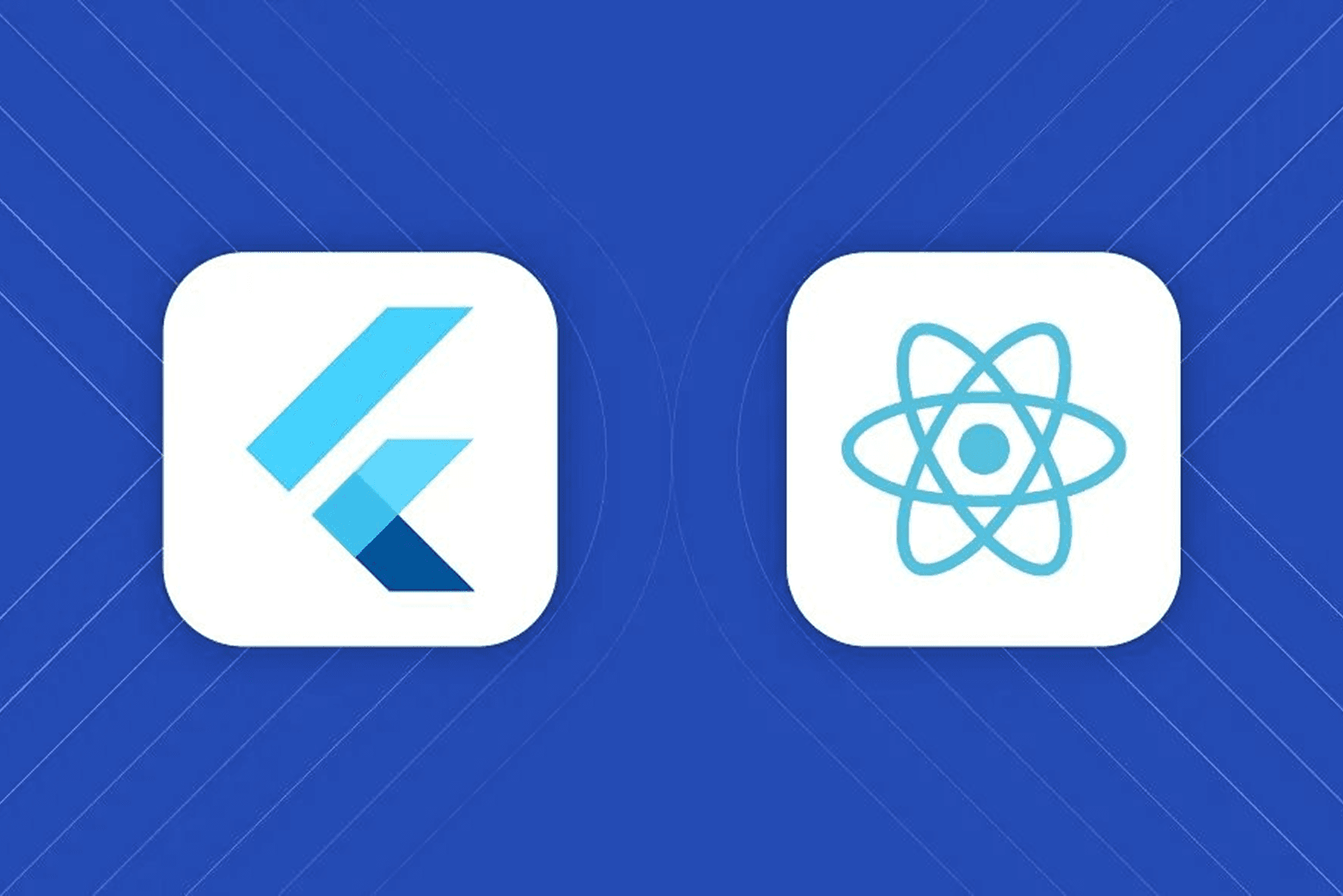When businesses plan to build a mobile app, one of the first choices they face is deciding the development framework. Today, two names dominate the cross-platform app market: React Native (backed by Meta) and Flutter (backed by Google). Both are powerful, but they differ in architecture, performance, ecosystem, and long-term scalability.
This blog breaks down the comparison so you can make an informed decision for your business app.
1. Development Speed
- React Native: Faster for projects where you can leverage pre-built libraries and community plugins. Developers with JavaScript experience can adapt quickly.
- Flutter: Offers ready-made widgets that streamline UI development, but the learning curve for Dart (its programming language) can slow teams at the start.
2. Performance
- React Native: Delivers near-native performance. However, heavy animations or complex UI may sometimes require native modules.
- Flutter: Known for smoother performance thanks to its rendering engine (Skia). Particularly strong for apps with advanced graphics.
3. UI/UX Experience
- React Native: Relies on native components, so apps feel more “platform-authentic” (iOS vs Android).
- Flutter: Ensures pixel-perfect, consistent UI across platforms but sometimes looks less “native.”
4. Ecosystem & Community Support
- React Native: Launched earlier, so it has a larger ecosystem, libraries, and support base. Excellent for third-party integrations.
- Flutter: Growing rapidly with strong Google backing. The ecosystem is younger but evolving fast.
5. Talent Availability
- React Native: Easier to hire because it’s based on JavaScript.
- Flutter: Requires Dart expertise, and skilled developers are comparatively fewer (but rising).
6. Cost Efficiency
Both frameworks reduce cost versus building two separate native apps. However:
- React Native may save more if your team already knows JavaScript.
- Flutter may save more in long-term maintenance due to fewer platform inconsistencies.
7. Long-Term Scalability
- React Native: Proven, stable, widely adopted by enterprises like Facebook, Instagram, and Walmart.
- Flutter: Still new but rapidly gaining traction, used by brands like Google Pay and BMW.
Conclusion
If your business prioritizes faster development, wider talent pool, and native feel, React Native is the safer choice. If you’re building visually demanding apps with advanced graphics and want long-term consistency, Flutter could be the better fit.
At Brihat Infotech, we help clients evaluate their goals and recommend the framework that balances cost, performance, and scalability for long-term success.




